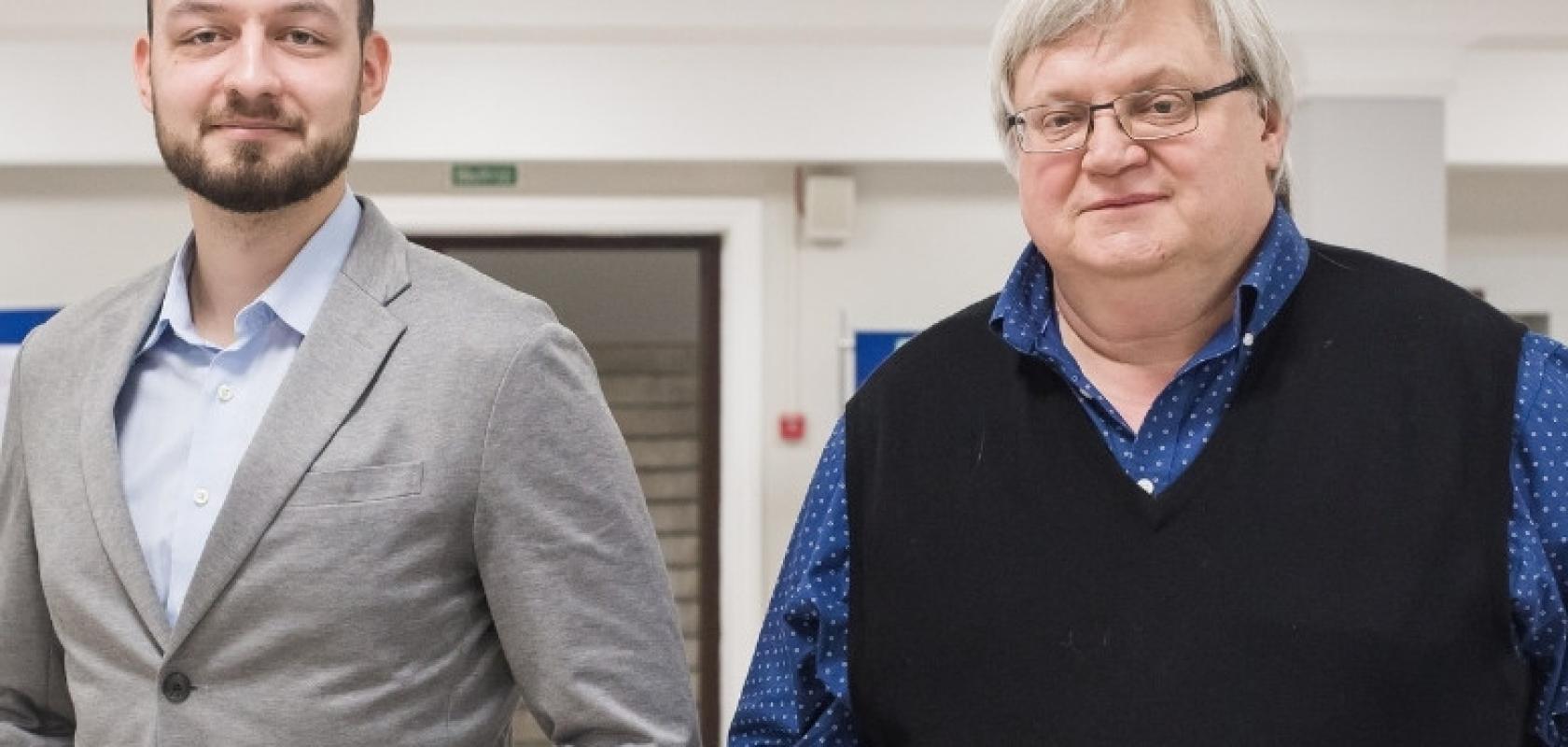A team of researchers from the Australian National University (ANU) have developed powerful nanolasers that can be used in smaller-scale devices or integrated onto a chip.
For example, according to lead researcher, Professor Yuri Kivshar, ‘they can be mounted directly on the tip of an optical fibre to lighten or operate on a particular spot inside a human body.’
Kivshar's team was able to modify conventional lasers, which traditionally comprise some form of light amplification device placed between two mirrors. As the light bounces back and forth between the two mirrors it becomes brighter and brighter.
Instead of mirrors, Kivshar’s team produced a device that works like ‘inside-out noise-cancelling headphones and which traps energy and prevents it from escaping. The trapped light energy builds up into a strong, well-shaped laser. This method could help to overcome energy leakage, a well-known challenge of nanolasers.
The researchers say that the device's efficiency was high, with only a small amount of energy required to start the laser shining, and, they said, a threshold about 50 times lower than any previously reported nanolaser and narrow beam.
Kivshar said the new laser builds on a quantum mechanical discovery made almost 100 years ago: ‘This mathematical solution was published by Wigner and von Neumann in 1929, in a paper that seemed very strange at the time - it was not explained for many years. Now this 100-year-old discovery is driving tomorrow's technology.’
To fabricate the laser, the team collaborated with Professor Hong-Gyu Park and his group at Korea University.
The research is reported in Nature Communications.


